Flying foxes are some of the largest bat species in the world, and the large flying fox species has the longest wingspan of any bat. These megabats are their own taxonomical genus, and there are at least 60 known species alive today. Unfortunately, these creatures are particularly vulnerable to human threats, and many species are endangered. Read on to learn about the flying fox.
Description of the Flying Fox
Most flying foxes are not immensely large, and their size can range from 0.26 – 3.53 lbs. among species and individuals. Females are generally smaller than males, and most flying fox species weigh less than 21 oz. or so.
The foxes differ from other bats in a few ways. They have no tails, and their bodies are coated in dense fur save for the wings. These bats have large eyes and small ears, resulting in a slight resemblance to a fox’s face.
Interesting Facts About the Flying Fox
Flying foxes can actually be quite cute compared to other bat species. They are incredibly specialized, and differ from other bats in more than just size and appearance.
- The Better to See You With – These bats have large eyes that are placed forward on their face. The size and placement of their eyes gives them binocular vision. These eyes are important for flying foxes because they do not echolocate like other bats do.
- In the Daylight – The flying fox doesn’t suffer from lack of echolocation, primarily because they have such great eyesight! Unlike other bat species that hunt at night, some species are active during the day.
- No Creepy Crawlies – Another big difference between other bats and flying foxes is their diet. Most other bat species primarily feed on insects, but foxes rely much more on fruit consumption. The vast majority of their diet is made up of fruit, nectar, seeds, flowers, and leaves.
- A Fox in Many Ways – Just like their namesake, flying foxes are surprisingly intelligent. Scientists have found that all megabats, including flying foxes, have a high encephalization quotient. This means that their brains are very large relative to their body size. Scientists have compared their intelligence level to that of domestic dogs!
Habitat of the Flying Fox
These bats rely heavily on flowering and fruit-producing plants and trees. They congregate and sleep in roosts, which are usually large trees. These bats are mostly restricted to forest habitats and prefer rainforest, mangroves, eucalyptus forest, orchards, coconut groves, and more. Different species have different preferred habitats.
Distribution of the Flying Fox
There are over 60 different species of flying foxes, and they are distributed on landmasses and islands from the Indian Ocean to the western Pacific. They can be found in Madagascar, India and some parts of Asia, Australia, and many islands in between.
Diet of the Flying Fox
These bats are generalists that will eat a wide variety of foods. Most of their diet is made up of fruit, seeds, flowers, nectar, leaves, and more. They will also prey on insects when given the opportunity, and cicadas in particularly are frequently consumed. They have been known to feed on crops as well, and will eat papayas, figs, mangos, pineapples, cashews, bananas, avocados, grapes, sugar cane, and more.
Flying Fox and Human Interaction
Unfortunately for flying foxes, their diet can lead to conflict with farmers. When these bats feed on crops, they can be killed in retaliation or culled to prevent crop destruction. Their reproductive rate is incredibly slow, so these interactions with humans can be detrimental to population numbers.
They are also hunted for their meat, and killed or pushed out of their habitat by deforestation. Over half of the known species of flying foxes are threatened by human activity, and in danger of becoming extinct. Six species are believed to have gone extinct between now and the 1800s.
Domestication
These bats have not been domesticated in any way.
Does the Flying Fox Make a Good Pet
Flying foxes are protected, and in most places it is illegal to own one as a pet.
Flying Fox Care
In zoos, these creatures are provided with lots of space for flight. They are kept in groups because they are social species, and oftentimes they can be kept with other species of bats as well. Captive breeding programs have been implemented to bolster the wild bat populations of particularly endangered species.
Two thirds of their diet consists of a variety of fruits, like pears, apples, and other fruits high in vitamin C. They are also frequently supplemented with protein sources and other vitamins.
Behavior of the Flying Fox
Behavior varies from species to species, most are nocturnal but quite a few are diurnal. Those species that are active during the day are mostly located on isolated islands with fewer natural predators.
Some species are solitary, but many will form large groups to roost together at night (or during the day). Some forage in large groups, especially when trees are ripe with fruit, and others will forage alone.
Reproduction of the Flying Fox
Most of these bats do not reach sexual maturity until they are nearly two years of age. When they reproduce, the vast majority of the time they only give birth to a single pup. The length of gestation can vary between species, and most range between four and six months or so.
The baby bat, called a pup, is bald and blind at birth. The mother will carry it on her chest for the first few weeks of its life, before leaving it in a communal nursery at the roost. The pups will start learning to fly at three months, but remain dependent on their mothers until they are around six months old.
Beliefs, Superstitions, and Phobias About the Flying Fox
Flying foxes are present in many cultures that are within their natural range. They are present in a number of different folklore tales, and some cultures believe them to be sacred. In the Polynesia kingdom of Tonga, flying foxes are all considered property of the king, and thus harming them is illegal. Some cultures even use flying fox parts as items in religious ceremony or ritual.

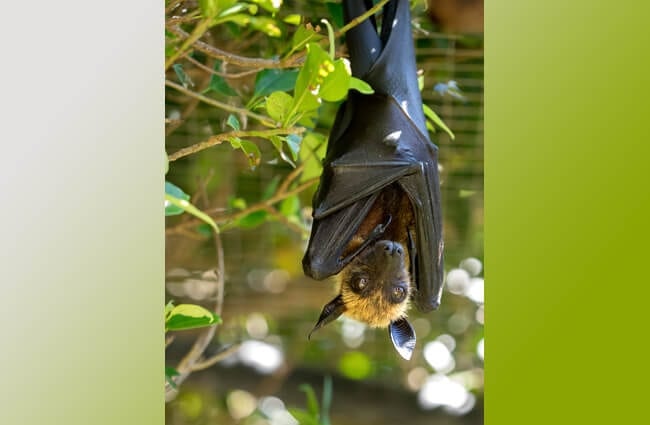
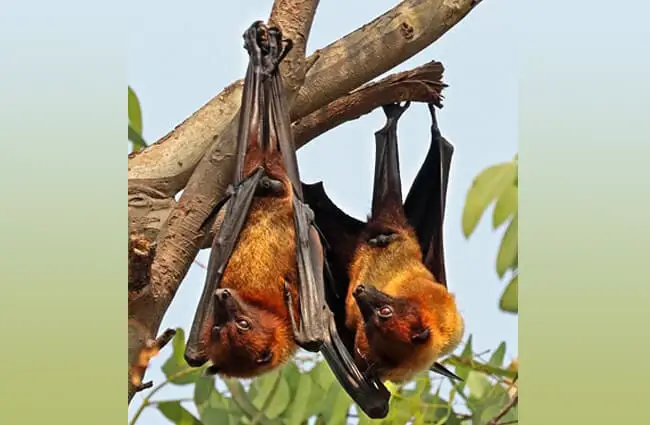
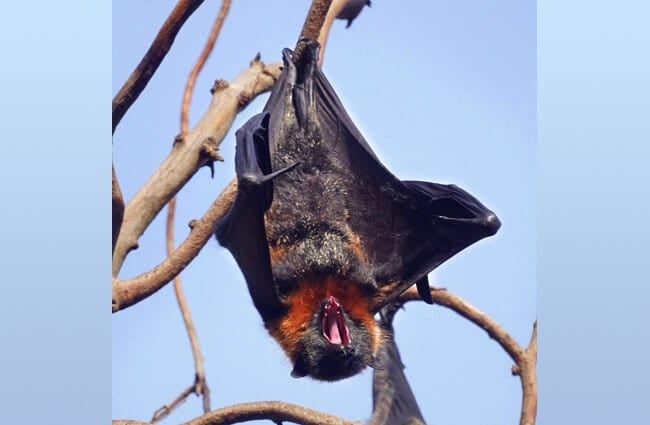
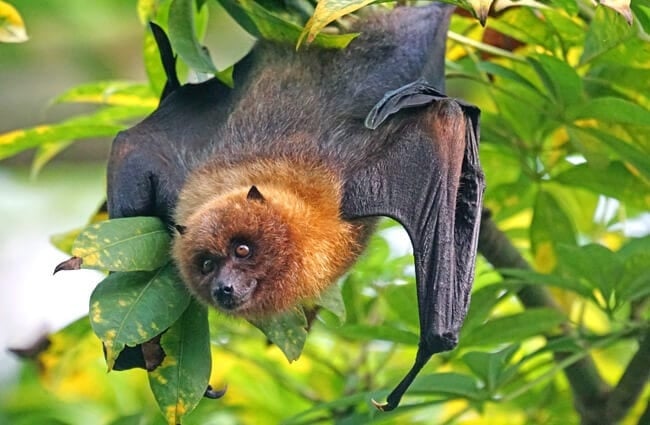

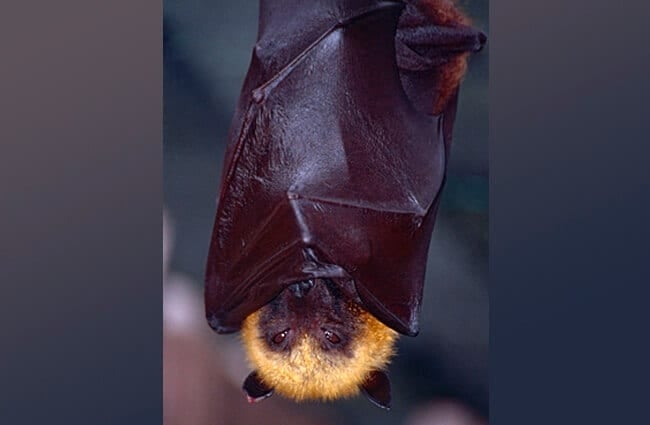
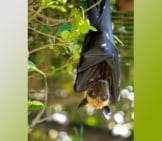


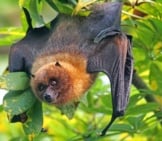
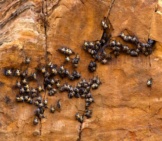
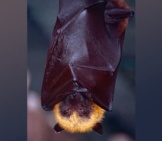
![Red Angus Closeup of a beautiful Red Angus cowPhoto by: U.S. Department of Agriculture [pubic domain]https://creativecommons.org/licenses/by/2.0/](https://animals.net/wp-content/uploads/2020/03/Red-Angus-4-238x178.jpg)
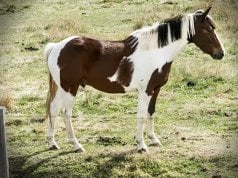
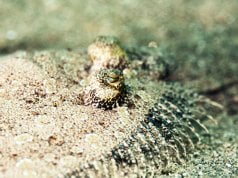
![Red Angus Closeup of a beautiful Red Angus cowPhoto by: U.S. Department of Agriculture [pubic domain]https://creativecommons.org/licenses/by/2.0/](https://animals.net/wp-content/uploads/2020/03/Red-Angus-4-100x75.jpg)

